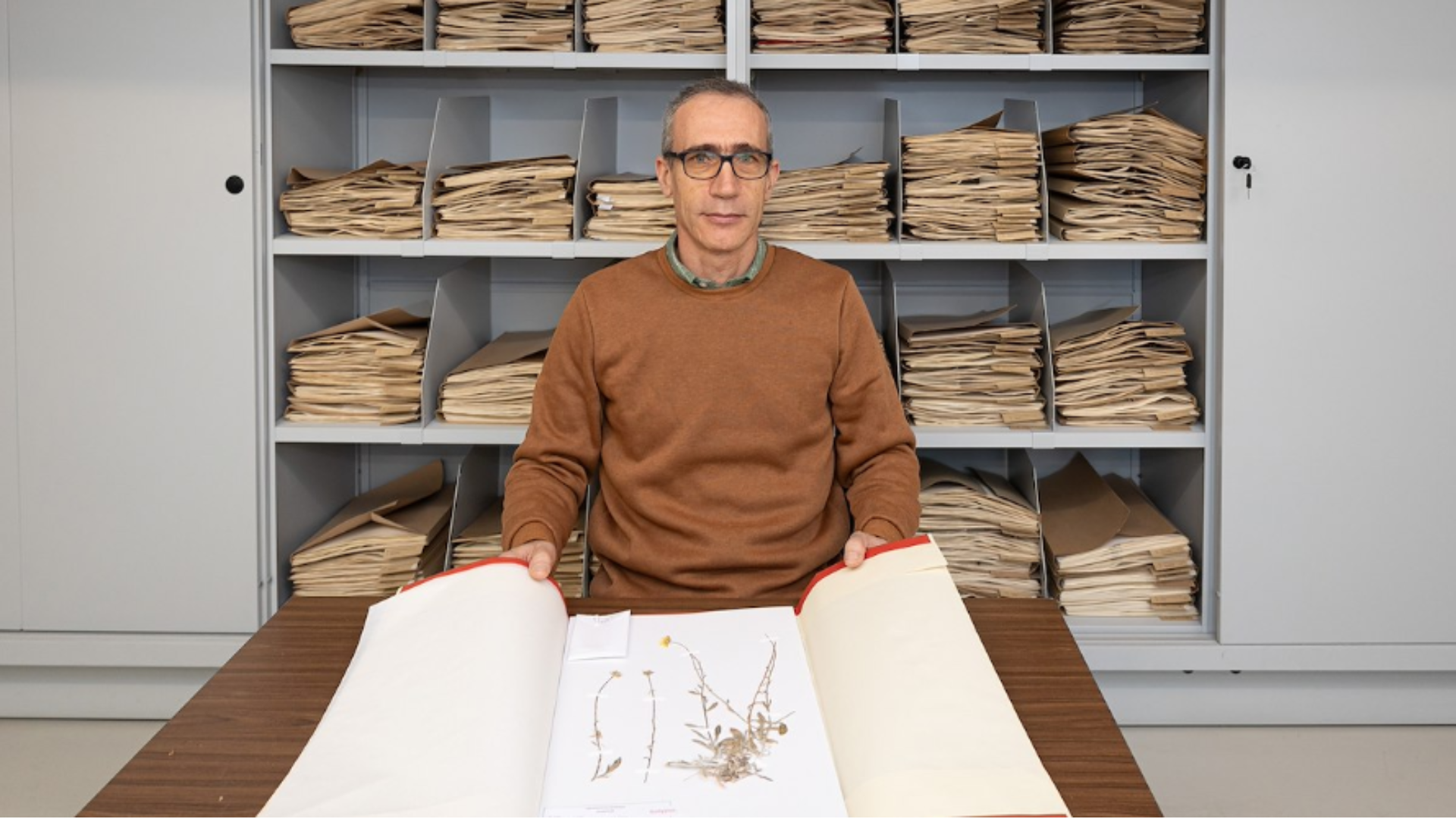Image credit: University of Aveiro
Researchers from the University of Aveiro (UA), in collaboration with teams from other institutions, have discovered two new species and eight new subspecies of plant, in this case, marigold, in various areas of North Africa. The studies were carried out over several years, and the fieldwork began in 2009 in Tunisia.
The discovery of the new species and subspecies occurred at different times. In some cases, researchers realized they were dealing with new species and subspecies during fieldwork, when visiting their populations, explains Paulo Silveira, a researcher at CESAM and a professor in the Department of Biology at UA who coordinated the studies. In other cases, he adds, it was during the examination of specimens in the herbarium after visiting the plant populations or, more rarely, even before such visits, because many specimens collected by other botanists did not contain the fruits necessary for the identification and reliable characterization of these plants.
Fieldwork took place in Tunisia in April 2009, in Morocco (April 2010, April 2011, June 2012, March 2013), and in Algeria in May 2014. The laboratory work was carried out at the Botany Laboratory and the Herbarium of the University of Aveiro. In the first expeditions, Paulo Silveira worked alone. From June 2012, the PhD student Ana Carla Gonçalves began to participate as part of the taxonomic revision of the genus during her PhD under the supervision of Paulo Silveira.
Although the most recent disclosure of this lengthy work is from 2023, the teacher and researcher explain that a new species is not usually announced immediately after its discovery, but only after it has been thoroughly studied and published, both of which are time-consuming tasks. Until the results are published, confidentiality is maintained.
The Importance of Fieldwork
Not all of these species are mountain-specific, although most are: from the Tazekka mountains in the Middle Atlas, through the Rif and Bokoya in Morocco, to Djurjura in Algeria. Calendula suffruticosa subsp. boccoyana, for example, although named after the Bokoya mountains, can appear at relatively low altitudes, on coastal reefs. “It was very important to engage with the morphological variability of Calendula genus plants in the field, as there are variations within certain populations that are not taxonomically relevant and complicate analysis if the study is conducted only in the herbarium, where specimens are out of the context of their respective population,” notes Paulo Silveira. “In most cases, the differences are subtle, especially in the case of the new subspecies,” he says.
The researcher believes that the main reason they had not been discovered or published as new taxa (new species and subspecies) earlier is due to the previously underestimated role of achenes – a type of fruit typically dry, originating from one or more carpels, which does not spontaneously open, containing typically one seed – in the taxonomy of the genus, with many herbarium specimens lacking these fruits and thus not being identifiable. Paulo Silveira also adds that there were previously gaps in fieldwork in the region.
The studies were conducted under the projects of the Centre for Environmental and Sea Studies (CESAM) – FCT/MCTES UIDP/50017/2020+UIDB/50017/2020 through national funds – involving Ana Carla Gonçalves’s PhD scholarship from FCT/UNESCO (SFRH/BD/51464/2011) and funding from the European SYNTHESYS program, which made possible visits to herbariums in London. The work developed so far on the taxonomy and karyosystematics of the Calendula genus has resulted in the publication of two chapters in international books and six articles in indexed journals, involving not only a PhD (by Ana Carla Gonçalves) but also two master’s degrees (Sofia Nora and Inês Simão). Karyosystematics is a branch of systematics (scientific classification of living beings) that seeks to determine natural relationships between taxa through the study of karyotypes (the set of chromosomes present in an individual).
There were also several partnerships over the years and different contexts, but
, in terms of taxonomic implications, the collaborations with botanists from the visited countries stand out, such as professors Ahmed Ouhammoud in Morocco (Marrakech), Rachid Amirouche in Algiers (Algeria), and in Portugal: Estrela Figueiredo, currently at Nelson Mandela University (South Africa), Leonor Morais from the Instituto Superior Técnico (ISA, Lisbon), Helena Oliveira, also from CESAM/DBio, João Loureiro and Silvia Castro – both former UA students, currently professors at the University of Coimbra – and the collaboration of professor Jorge Paiva, a retired researcher from the same university.
Text: Adapted from UAonline News
